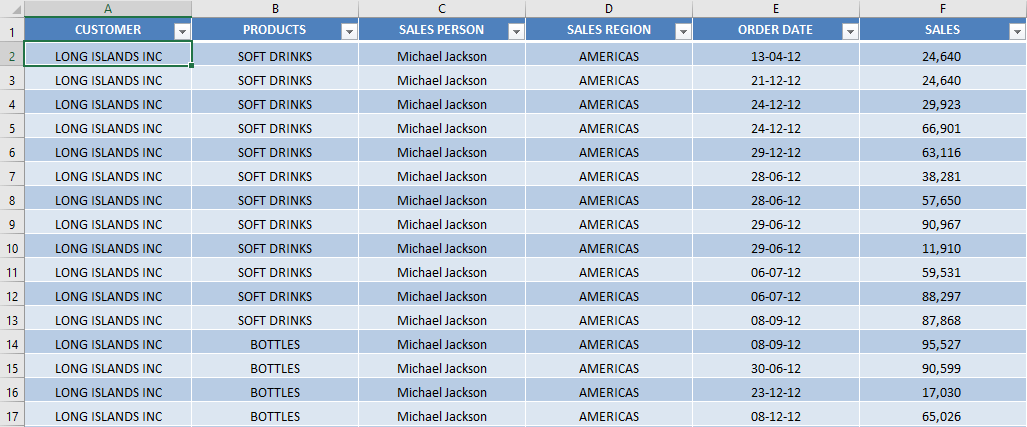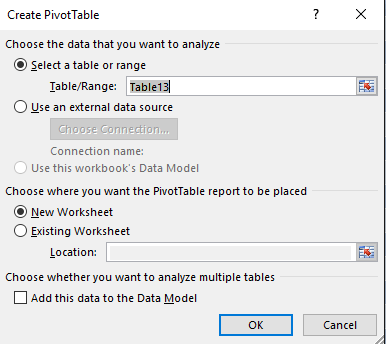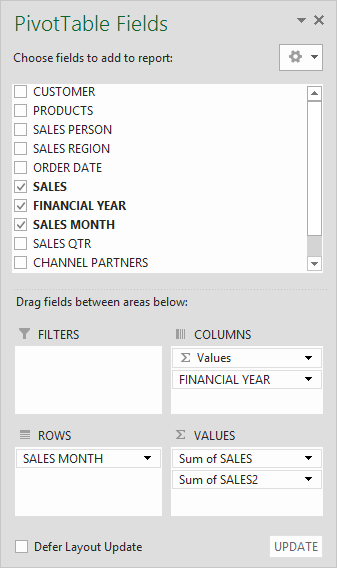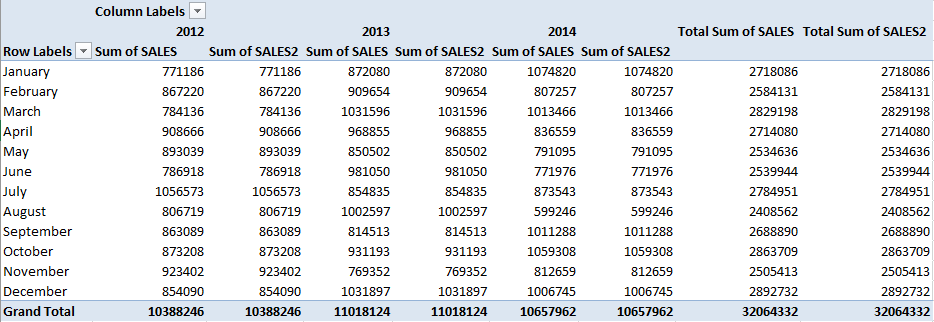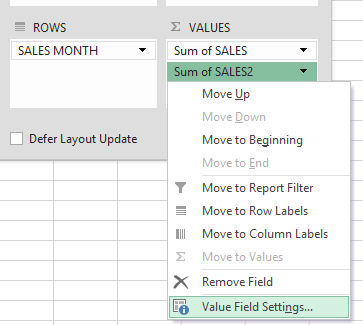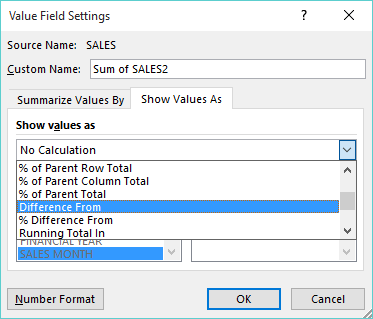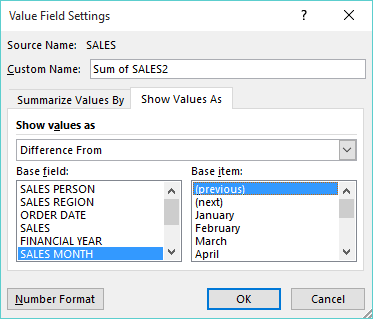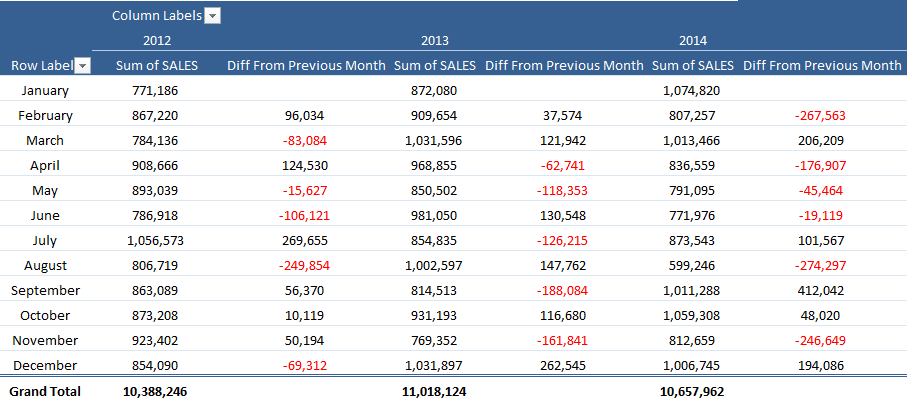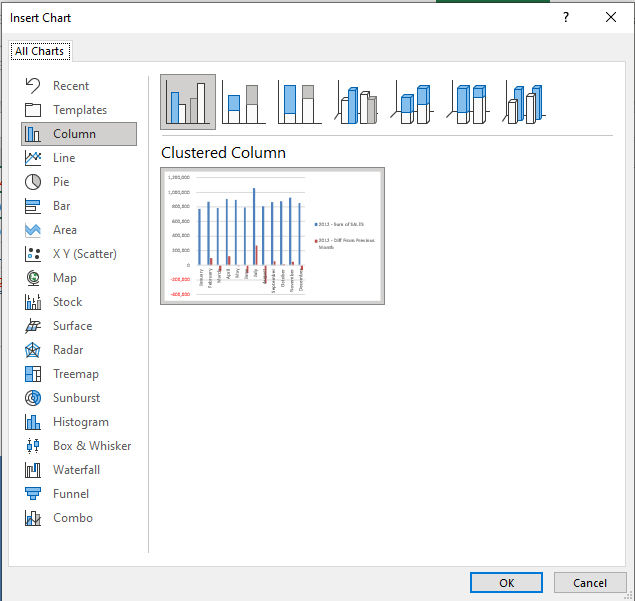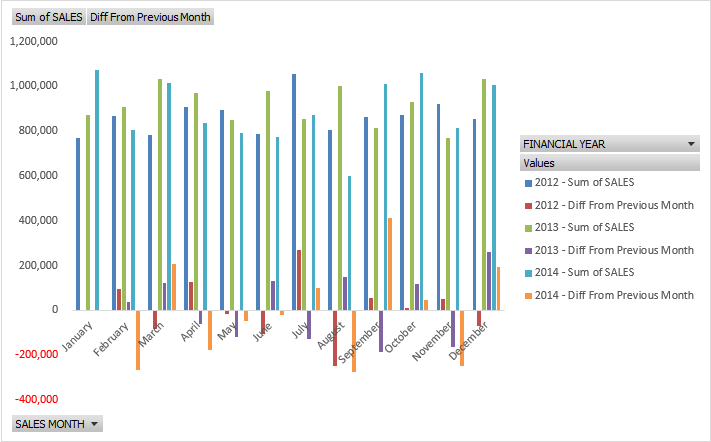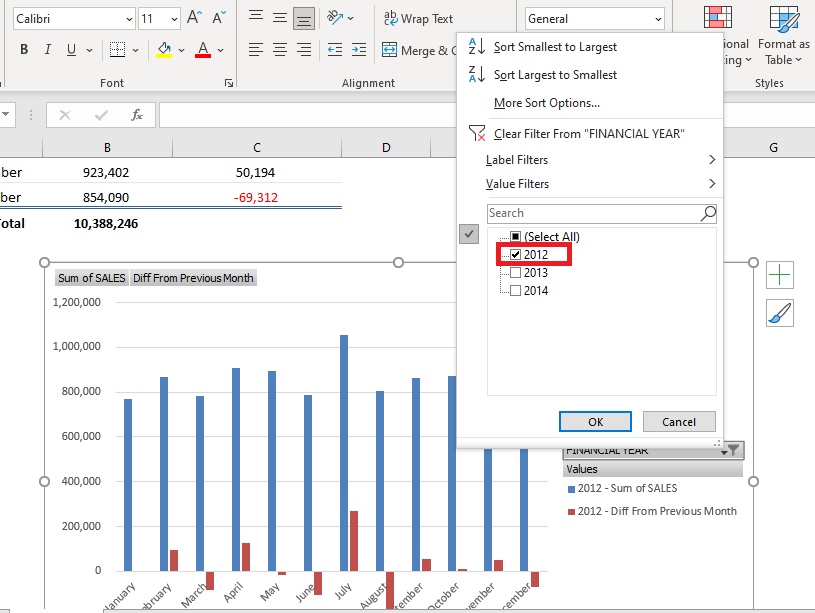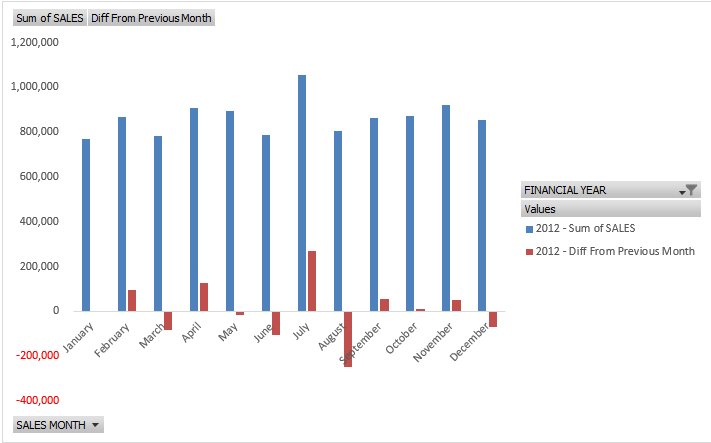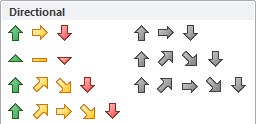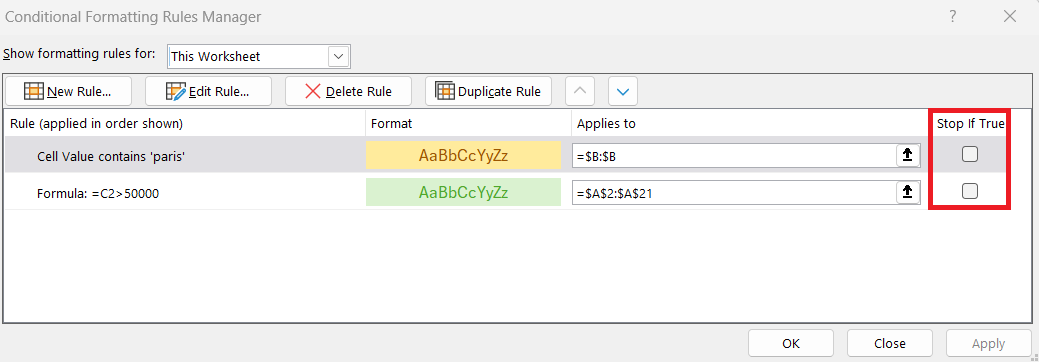Excel Pivot Tables have heaps of calculations under the SHOW VALUES AS option and one that gets the most use is the Excel Chart Month on Month Comparison. You can show the values as the Difference From previous months, years, days, etc. This is just great when your boss asks you how you are tracking to the previous months, years, days…
Key Takeaways
- Excel Pivot Tables feature the “Show Values As” option, where users can select the “Difference From” calculation to easily compare the difference in values, such as sales data, from previous months, years, or days, which can be especially useful for tracking performance over time.
- To set up a month-on-month comparison in a pivot table, users must place the sales data into the VALUES area twice; the second instance is then configured to show the difference from the previous month by using the Value Field Settings and selecting the appropriate base field and base item.
- Enhancing the pivot table with visual representation is possible by creating a chart, specifically a column chart, which can highlight the sales data month-on-month differences. This allows for quick and easy interpretation of the data trends and variations within a specified timeframe.
Follow the step-by-step tutorial on How to Show Excel Month on Month Comparison and download this Excel workbook to practice along:
Download excel workbookDIFFERENCE-FROM-PREVIOUS-MONTH.xlsx
STEP 1:Select any cell in the data table.
STEP 3: Insert a new Pivot In the Create PivotTable dialog box, select the table range and New Worksheet, and then click OK.
STEP 4: In the ROWS section put in the Sales Month field, in the COLUMNS put in the Financial Year field and in the VALUES area you need to put in the Sales field twice, I explain why below:
The Pivot Table will look like this:
STEP 5: Now click on the second Sales field’s (Sum of SALES2) drop down and choose Value Field Settings
STEP 6: Now you need to select the Show Values As tab and from the drop-down choose the Difference From
STEP 7:You need to select the Base Item as (previous) and Base Field as Sales Month and press OK. So it will read the “Difference from the previous Sales Month”
STEP 8: You can do some cosmetic changes by going back into the Values Field Settings (from step 3) and changing the Custom Name to show whatever you like eg. Diff. From Previous Month or Monthly Variance.
From in here, you can also click on the Number Format (bottom left-hand corner) to change the way the numbers show:
STEP 9: To create a chart with this data, Go to PivotTable Analyze > PivotChart.
STEP 10: In the Insert Chart dialog box, select Column and click OK.
The month to month comparison excel chart will appear in the worksheet.
STEP 11: Click on the filter button in the chart and select 2012.
This completes our tutorial on month over month comparison Excel!
Table of Contents
Visual Aids: Enhancing Your Month-to-Month Data
Directional Icons for Quick Insights
Visual aids play a crucial role in the comprehension of data, more so when you want to depict changes over time, like month-to-month fluctuations. By incorporating directional icons into your pivot tables, you equip your audience with the ability to capture the essence of the data at a glance. Imagine icons that rise or dip, offering immediate insight into trends without poring over each number—this is the convenience directional icons offer. They represent increases, decreases, and steadiness with upward arrows, downward arrows, and dashes, respectively.
Conditional Formatting for Clarity and Impact
Conditional formatting can dramatically increase the clarity and impact of your data visualization. With Excel’s rich set of formatting rules, you can highlight month-to-month changes in a way that brings immediate attention to important trends. For example, you might use a gradient color scale to show varying degrees of increase or decrease, or apply a specific color to represent significant shifts. To set this up, simply select the % change column in your pivot table, navigate to “Home > Conditional Formatting > New Rule,” and specify your rule to reflect the desired visual effect.
Advanced Tips for Pivot Table Magic
Dealing with Common Errors and Issues
Working with pivot tables to show month-to-month changes often leads to encounters with errors or unexpected results, especially when using ‘Difference From’ or ‘% Difference From’ settings. Errors might manifest as baffling messages, or you could observe issues when attempting changes. To navigate around these bumps, an understanding of why these errors arise is invaluable.
A common error may be a result of data fields moving or becoming renamed, leading to invalid references. Always double-check your data sources and field names. Another hiccup occurs when calculations on blank cells or zeroes return errors or divide-by-zero results. In this case, ensure you have complete data or consider using custom formulas that account for these possibilities.
Leveraging More Pivot Table Value Settings
Diving deeper into pivot table value settings opens up a universe of data analysis possibilities. You’re not just limited to displaying sums or counts; you can customize your pivot table to perform a variety of calculations, such as averages, maximums, minimums, or more sophisticated computations like running totals or percentiles.
To access these, right-click on a value within your pivot table and explore the ‘Summarize Values By’ and ‘Show Values As’ options. For month-to-month analysis, you might select ‘Difference From’ to view the absolute change or ‘% Difference From’ for the relative change from one month to the next. Each selection dynamically reshapes your data’s story, giving you the analytical edge.
FAQ: Excel Pivot Magic – Your Questions Answered
How do I set up my pivot table to show month-to-month changes?
To set up a pivot table that shows month-to-month changes, you need to group your date data by months and years first. Right-click on a date within your PivotTable, choose ‘Group’, then select both ‘Months’ and ‘Years’. Add your data field, say ‘Sales’, to the ‘Values’ area twice. Name one as ‘Total Sales’ and the other as ‘% Change’. Set the second field to show ‘values as’ “% Difference From”, choosing ‘Month’ as the Base field and ‘(previous)’ as the Base item. This will calculate the percentage change from one month to the next.
What are some common errors when using ‘Difference From’ in pivot tables, and how can they be fixed?
Common errors when using ‘Difference From’ in Excel PivotTables often stem from empty cells, incorrect fields, or data changes. If you run into an error, first check your data source to ensure it’s complete without blanks in crucial areas. Also, verify that the Base Field and Base Item are correctly set and still present in the PivotTable—adjustments or removals can lead to errors. If you encounter #DIV/0! errors, it usually means you’re trying to calculate a difference with a zero value. In such cases, you might need to review your data preprocessing steps or include safeguards in your calculations to manage zeroes appropriately.
Can I use pivot tables to show percentage differences as well?
Absolutely, pivot tables are equipped with functionality to show percentage differences, which can provide you with deep insights into your data’s trends over time. To do this, add a field to your pivot table’s values area twice. Right-click on the second instance of this field, select ‘Show Values As’, and then choose ‘% Difference From’. You’ll need to pick a base field, like the month or year, depending on your data, and then Excel will compute the percentage change for you relative to the base field you’ve selected.
John Michaloudis is a former accountant and finance analyst at General Electric, a Microsoft MVP since 2020, an Amazon #1 bestselling author of 4 Microsoft Excel books and teacher of Microsoft Excel & Office over at his flagship MyExcelOnline Academy Online Course.

